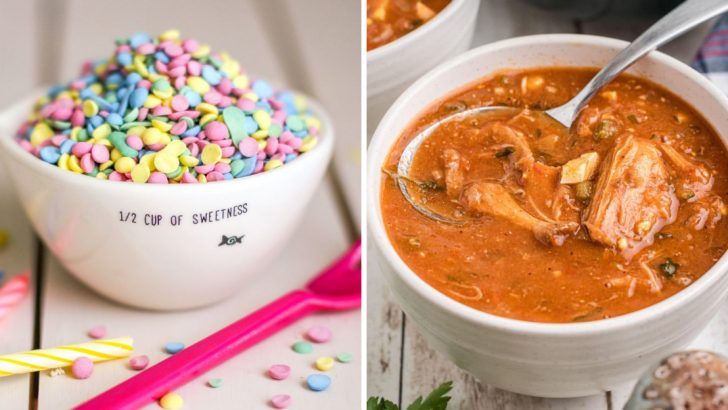Remember the wild days of 1970s cuisine? While we were grooving to disco and sporting bell-bottoms, our pantries held foods that would make today’s health inspectors faint. The ’70s were truly the Wild West of food additives, preservatives, and questionable ingredients.
Let’s take a nostalgic (and slightly horrifying) trip down memory lane to explore foods that were everyday staples then but are now forbidden from our plates.
1. Shark Meat Steaks
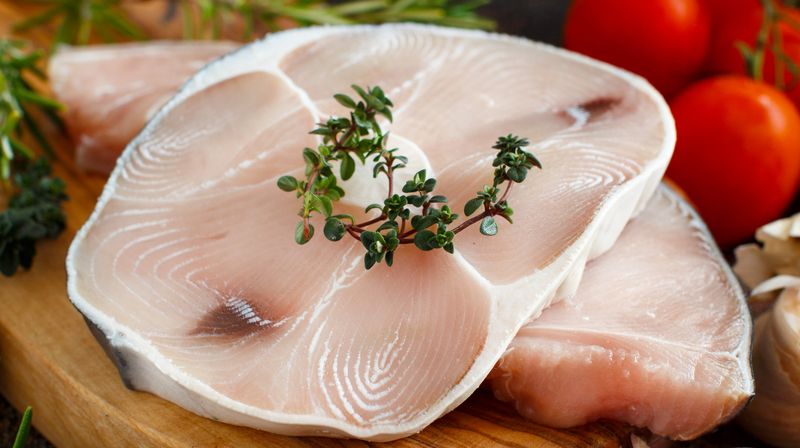
Jaws might have terrified moviegoers in 1975, but Americans were busy serving shark on dinner plates! These steaks were marketed as exotic alternatives to traditional fish, often sold frozen in supermarkets alongside tuna and swordfish.
Mercury contamination wasn’t on anyone’s radar back then. Today, many shark species are protected, and consumption is restricted due to sustainability concerns and dangerous mercury levels that can cause neurological damage.
2. Cheese Puffs Colored With Yellow Dye 5
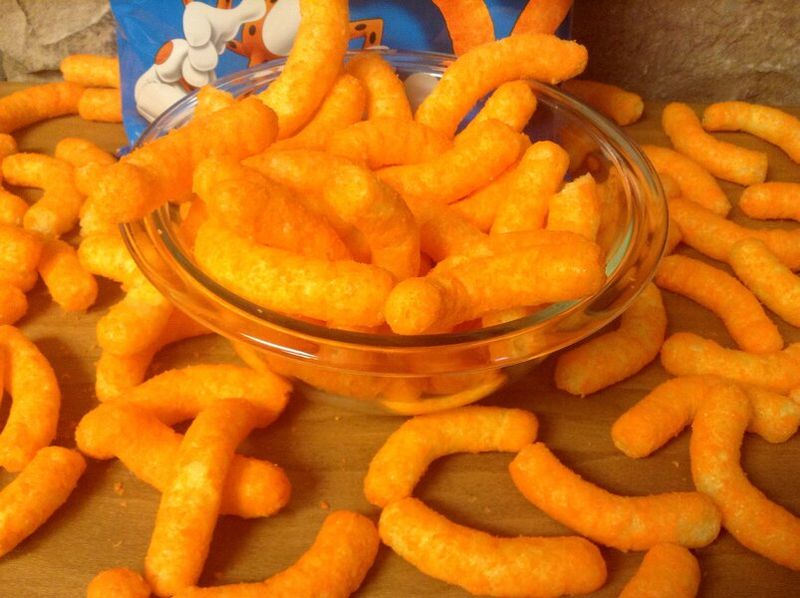
Good grief, those fluorescent orange fingers! Kids of the ’70s couldn’t get enough of cheese puffs dyed with Yellow Dye 5, leaving evidence of their snacking all over white sofas and school notebooks.
Manufacturers dumped this synthetic dye into everything from cheese puffs to macaroni and cheese. Yellow Dye 5 (tartrazine) was later linked to hyperactivity in children and severe allergic reactions. Many countries have since banned it, though America still permits it with warning labels.
3. Packaged Meats Preserved With Nitrates

Bologna sandwiches were lunchbox royalty in the ’70s! Those perfectly round slices of mystery meat stayed impossibly pink thanks to sodium nitrate and nitrite preservatives pumped in at levels that would make modern nutritionists scream.
Research eventually linked these preservatives to increased cancer risk, especially colorectal cancer. While not completely banned, today’s regulations strictly limit nitrate levels, and many consumers seek out “nitrate-free” alternatives.
4. Tab Soda With Saccharin
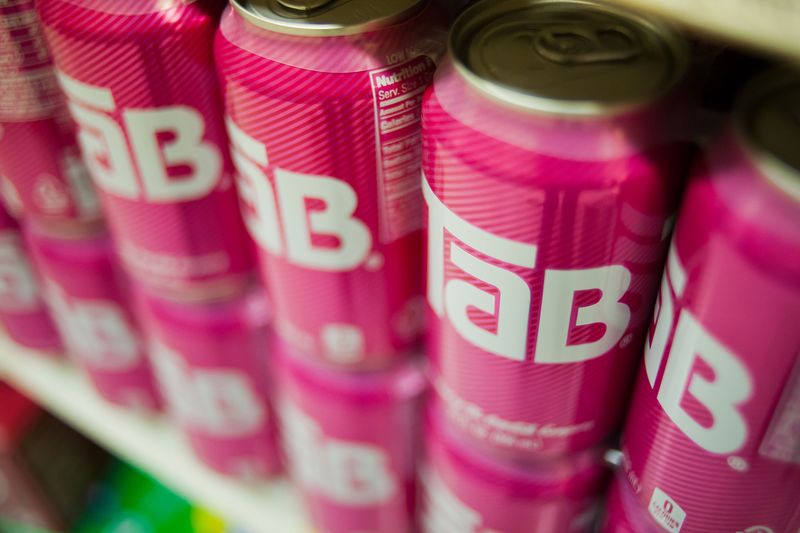
Crack! The sound of opening a Tab can was the anthem of diet-conscious ’70s women everywhere. This pink-canned soda promised zero calories thanks to saccharin, the miracle sweetener that tasted like licking a battery but supposedly kept your waistline slim.
By 1977, studies linked saccharin to bladder cancer in laboratory rats, prompting warning labels on all products. Though human studies later questioned these findings, Tab’s reputation never recovered. Coca-Cola finally discontinued it in 2020, ending a bizarre chapter in artificial sweetener history.
5. Sprinkles Made With Unsafe Dyes
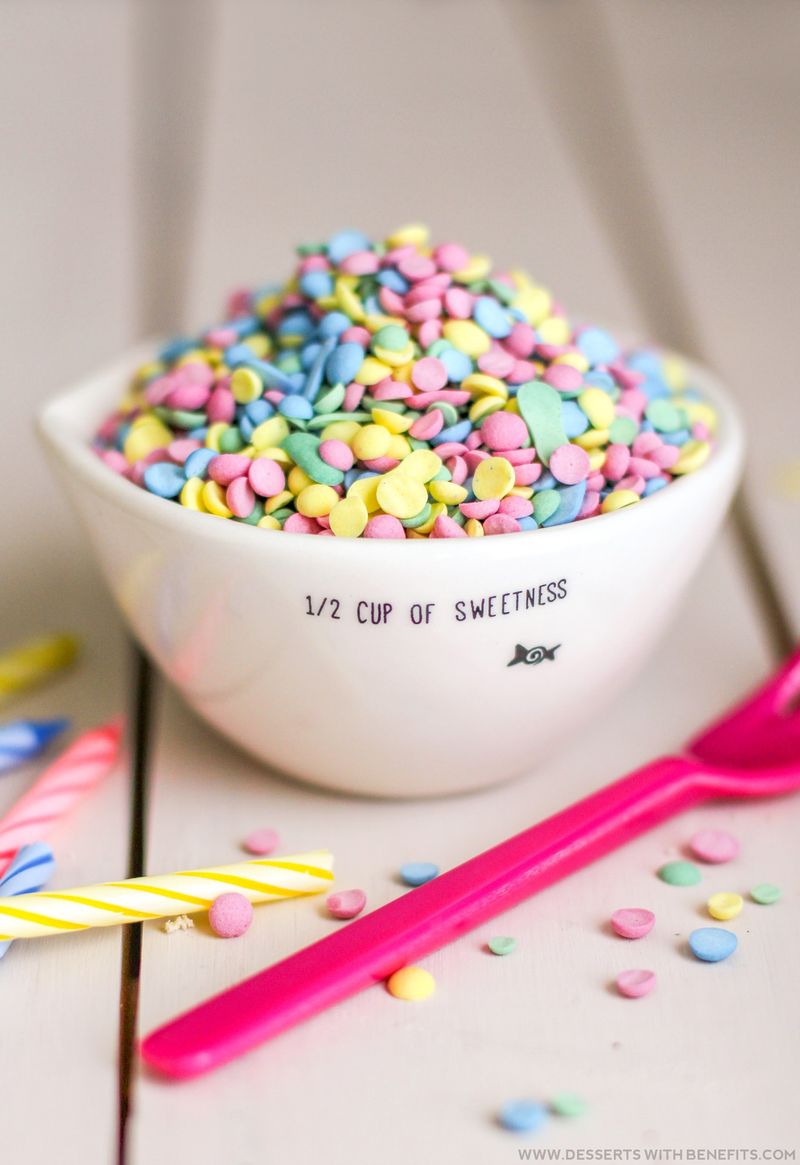
Birthday cakes in the ’70s weren’t complete without a rainbow explosion of sprinkles – little bombs of coal-tar derivatives and synthetic dyes that would make today’s organic-loving parents faint!
These vibrant decorations contained dyes like Red No. 3, Violet No. 1, and other numbered culprits that gave cupcakes and ice cream their psychedelic appeal. Kids would pick out their favorite colors, unaware they were consuming petroleum byproducts. Many of these dyes were later linked to hyperactivity, allergic reactions, and even cancer concerns.
6. Ackee Fruit

Straight out of Jamaica and into American specialty markets came ackee fruit – a tropical delicacy that could literally kill you if eaten before it was ripe! This creamy, scrambled egg-like fruit was popular in Caribbean communities during the ’70s.
Unripe ackee contains hypoglycin A and B, toxins that cause Jamaican vomiting sickness – which can lead to coma or death. The FDA banned fresh ackee imports in 1973, though canned versions are now permitted under strict regulations.
7. Turtle Soup
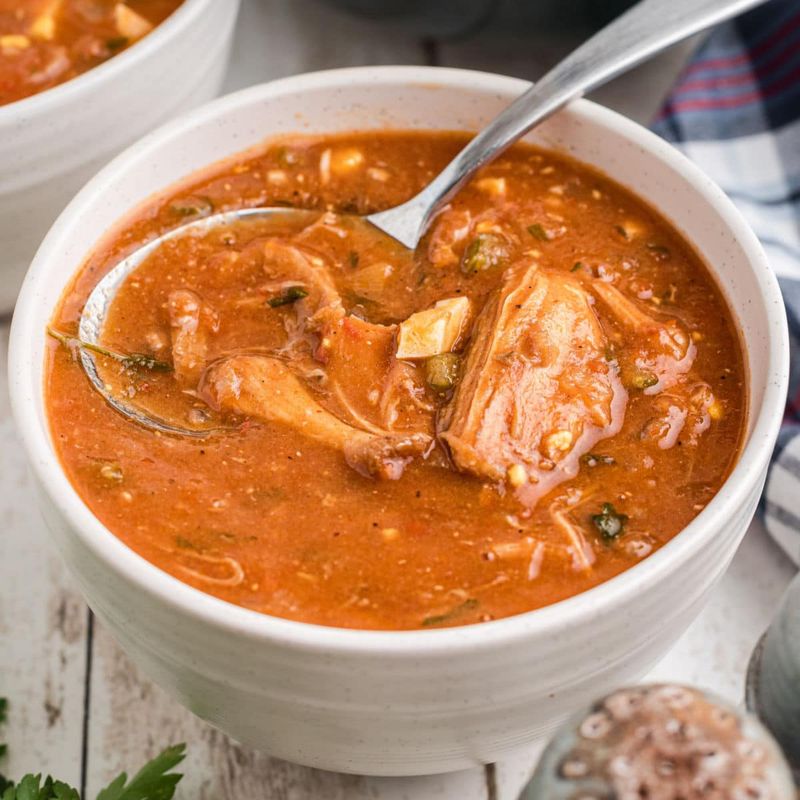
Fancy restaurants in the ’70s served turtle soup as the height of culinary sophistication! This rich, sherry-laced delicacy came straight from endangered sea turtles, simmered for hours with exotic spices and served in elegant tureens.
The Endangered Species Act of 1973 eventually protected most turtle species, making this soup illegal. Mock turtle soup became the only legal alternative. Today’s food enthusiasts would be horrified at the thought of slurping soup made from threatened animals that can live over 100 years!
8. Margarine Full Of Trans Fat
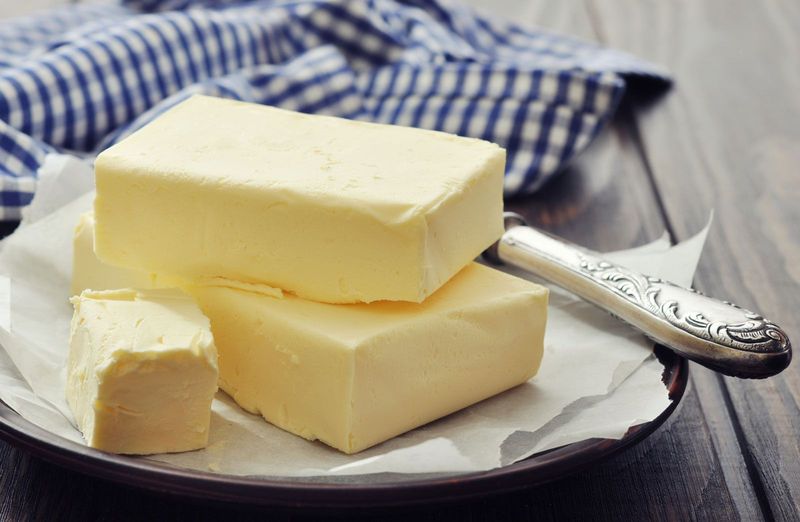
“It’s not butter, but your arteries won’t know the difference!” That could have been the honest slogan for 1970s margarine, which was marketed as the heart-healthy alternative to butter despite being loaded with trans fats.
Those cheerful tubs of yellow spread contained partially hydrogenated oils that gave margarine its butter-like consistency. The FDA finally banned artificial trans fats in 2018, but not before decades of damage. Those innocent-looking tubs were heart attacks in disguise.
9. Maraschino Cherries With Banned Dyes

Holy chemical cocktail! Those vibrant red maraschino cherries that topped your Shirley Temple weren’t just soaked in sugar syrup – they were bathed in a slurry of Red Dye No. 4 and other synthetic colorants now banned for human consumption.
The manufacturing process was wild: cherries were bleached with calcium chloride and sulfur dioxide before being dyed red again! Red Dye No. 4 was banned in 1976 after being linked to adrenal gland and urinary bladder tumors.
10. Cereal Toys Right In The Box

Breakfast was a treasure hunt in the ’70s! Kids would plunge their hands directly into cereal boxes, digging past sugar-coated flakes to find plastic toys buried within – no separate packaging, just toys mingling with your breakfast.
These coveted prizes ranged from Star Wars figurines to tiny cars and whistles. Choking hazards and sanitation concerns eventually led to regulations requiring separate packaging for cereal toys.
11. Fat-Free Chips With Olestra

“Eat the whole bag – it’s fat-free!” Late ’70s snackers rejoiced when Procter & Gamble introduced olestra, a fat substitute that promised guilt-free munching without the calories. This miracle molecule passed through the digestive system unabsorbed.
Chips made with olestra (later branded as Olean) seemed too good to be true. The FDA eventually required all olestra products to carry warnings about “anal leakage” and “abdominal cramping.” While not technically banned, consumer backlash effectively ended the olestra experiment.
12. Raw Milk In Stores
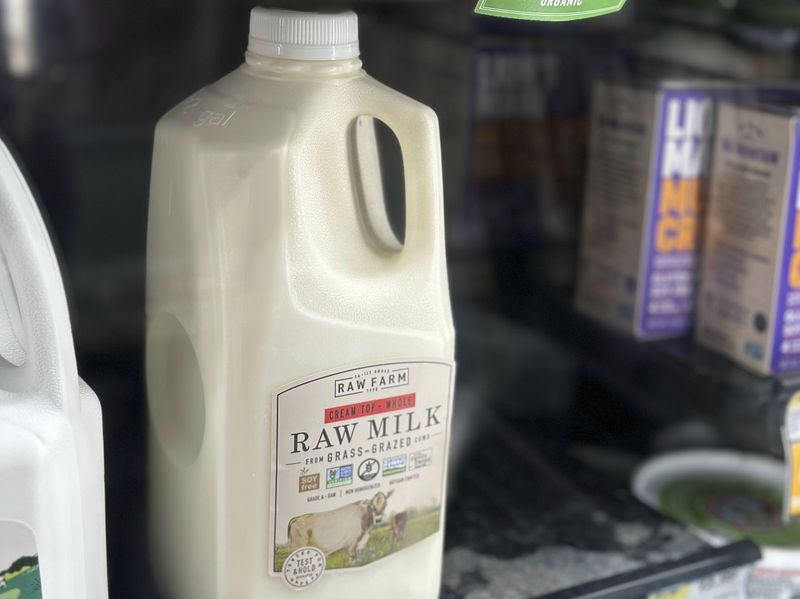
Unpasteurized dairy straight from Bessie the cow to your breakfast table! In the ’70s, many states still allowed raw milk sales in regular grocery stores, not just farm stands or specialty markets. Families would pour this bacteria-laden liquid over cereal or use it in cooking without a second thought.
The creamy texture and rich flavor came with undisclosed passengers: potential Salmonella, E. coli, and Listeria that pasteurization would have killed. The FDA began cracking down on interstate raw milk sales in the late ’70s, and by 1987, banned the transport of raw milk across state lines for human consumption.
13. Red Dye No. 2 In Candy
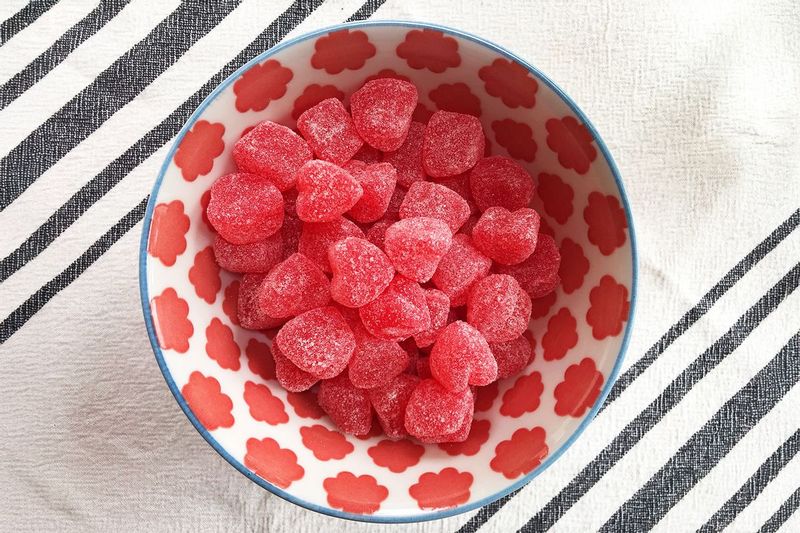
M&Ms had a dirty little secret in the ’70s – those red candies contained Red Dye No. 2, suspected of being a carcinogen! This popular synthetic colorant gave everything from candy to popsicles their vibrant crimson hue.
Mars actually removed red M&Ms entirely from 1976 to 1987, even though they had already switched to a different dye before the ban. The FDA banned Red Dye No. 2 in 1976 after studies suggested it might cause malignant tumors.
14. Trans Fat–Heavy Snacks
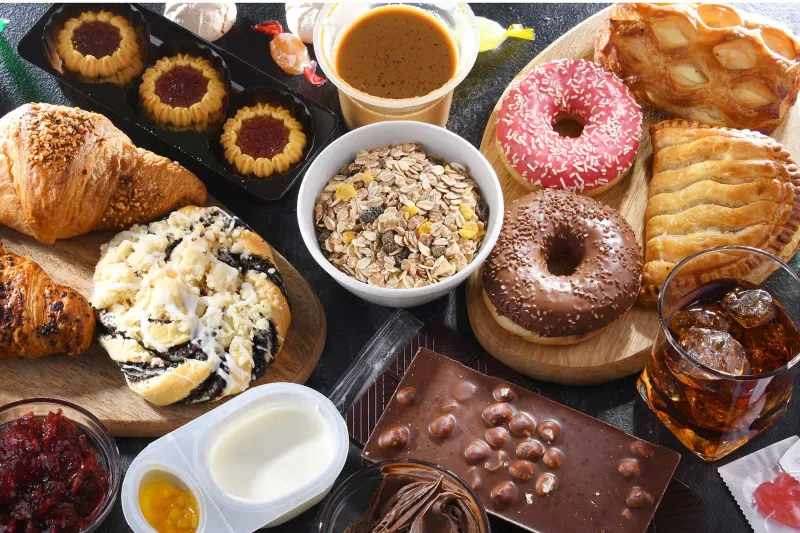
Twinkies, Ding Dongs, and Hostess CupCakes – the holy trinity of 1970s lunchbox treats! These indestructible snack cakes stayed “fresh” for what seemed like eternity thanks to their secret weapon: trans fats.
Trans fats were later linked to increased LDL (bad) cholesterol and decreased HDL (good) cholesterol – a double whammy for heart health. The FDA finally banned artificial trans fats in 2018, forcing manufacturers to reformulate. Those original recipes were literally heart-stoppers!
15. Alar On Apples
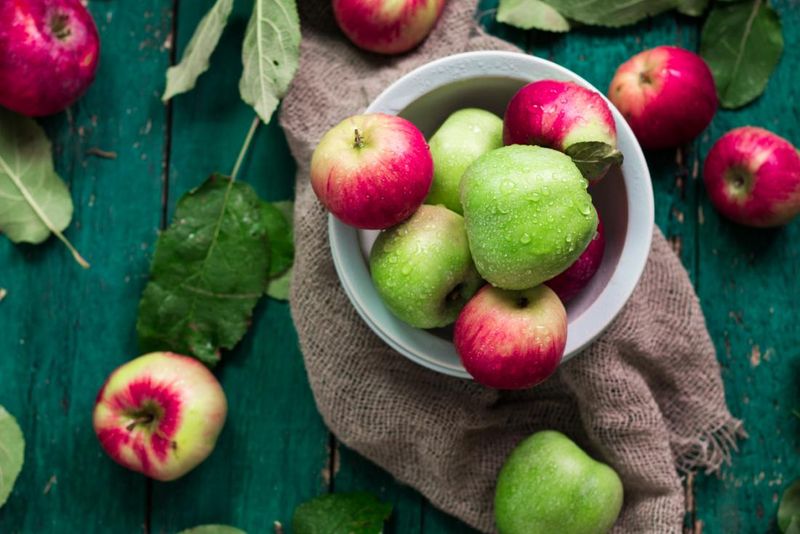
Remember those perfectly red, uniform apples in ’70s grocery stores? Their secret wasn’t exceptional farming – it was Alar, a chemical growth regulator sprayed on apples to control ripening and improve appearance.
The waxy, unnaturally red skin should have been a warning sign, but consumers trusted that food regulations kept them safe. In 1989, a “60 Minutes” exposé revealed Alar’s breakdown product, daminozide, caused cancer in laboratory animals. Public outcry led to Alar being banned for food use.
16. BVO In Orange Sodas

Sunshine in a bottle? More like flame retardant in a glass! Orange sodas of the ’70s contained brominated vegetable oil (BVO), a chemical that kept citrus flavoring from separating while doubling as a flame retardant in plastics.
The distinctive orange glow came partly from this controversial ingredient that accumulated in body tissues with regular consumption. BVO was later linked to memory loss, nerve disorders, and skin conditions. Those vivid orange sodas essentially contained industrial chemicals that had no business in a beverage!
17. Lead-Sealed Canned Goods

Pop open a can of vegetables in the ’70s and you’d get a side of neurotoxins with dinner! Many canned goods were sealed with lead solder – a method that had been used for decades without much concern for the heavy metal leaching into food.
Children consuming these foods were particularly vulnerable to lead’s devastating effects on brain development. The FDA didn’t ban lead-soldered food cans until 1995, though manufacturers had begun phasing them out earlier.
18. Cyclamate-Sweetened Drinks
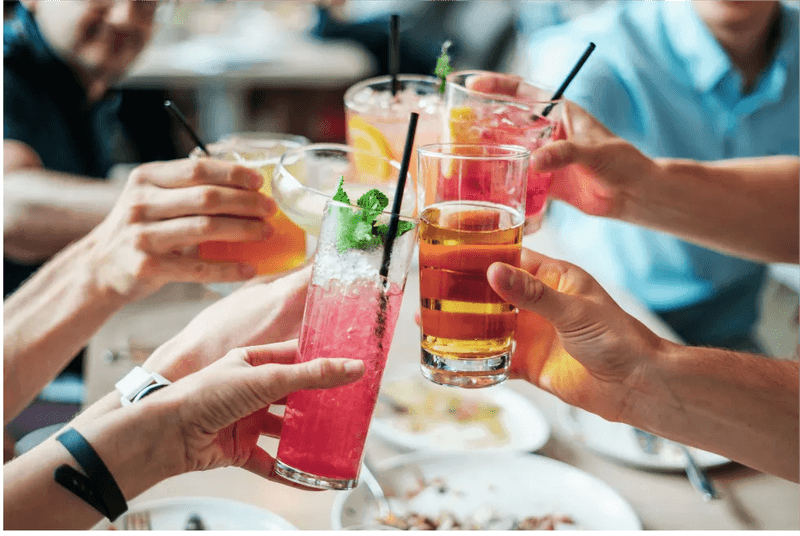
“Sugar-free” sodas in the early ’70s had a dirty little secret – cyclamate, an artificial sweetener 30 times sweeter than sugar that had already been banned but lingered on shelves. This chemical sweetener had been a dieter’s best friend throughout the 1960s.
Weight-conscious consumers would reach for these diet drinks, blissfully unaware of the controversy. The FDA banned cyclamate in 1969 after studies linked it to bladder cancer in rats, but existing products remained in circulation well into the early ’70s.

